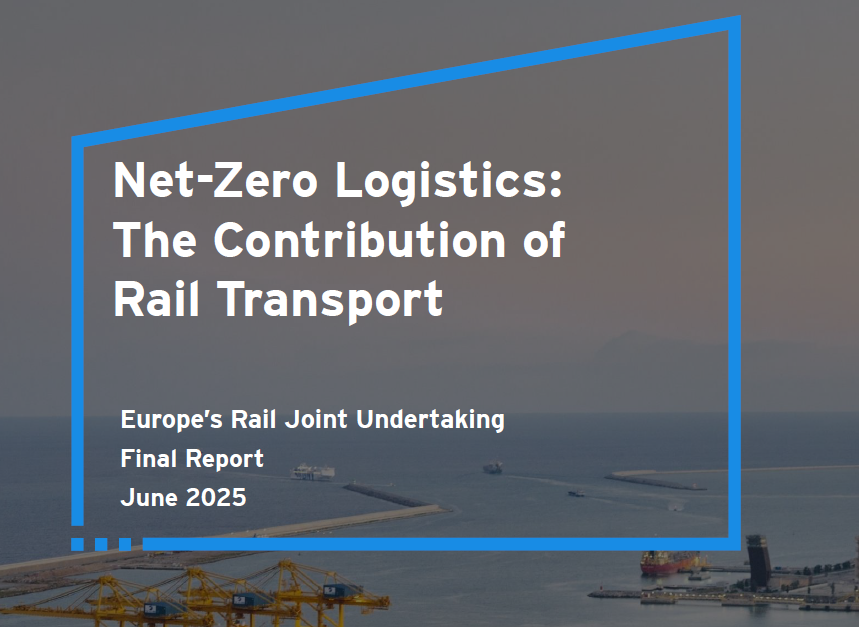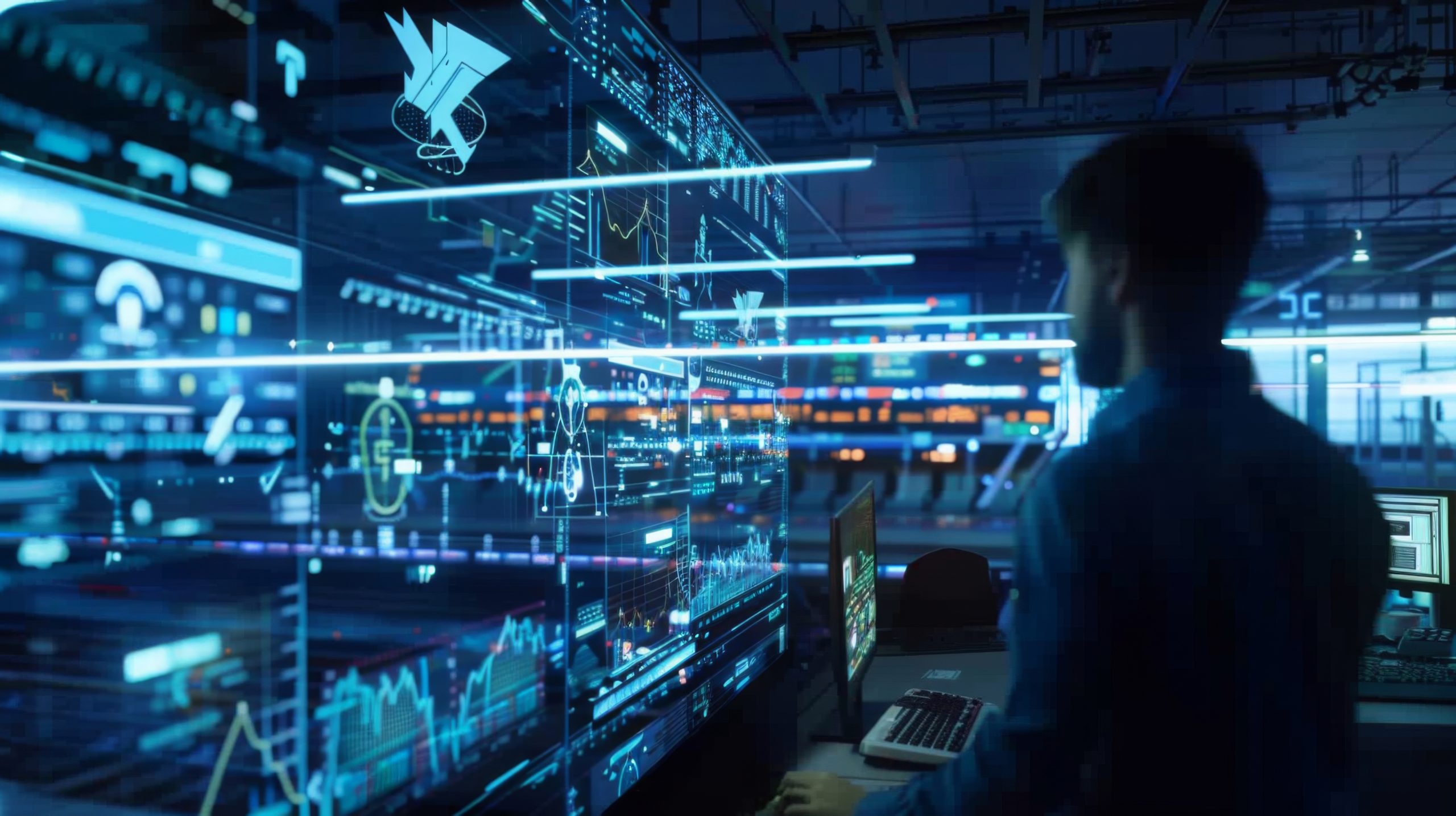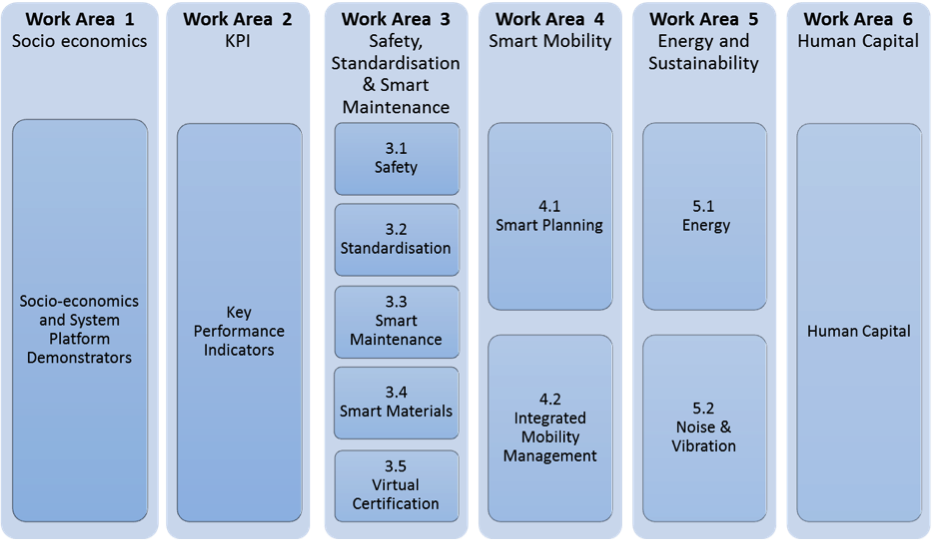Europe must take decisive steps to simplify and modernise its rail systems to strengthen competitiveness,...
Challenge
To meet ambitious goals, Shift2Rail must introduce novel and innovative technologies that are applied in each component of the railway system. The introduction of new technologies at component level and in several Technology Demonstrators (TDs) needs to be addressed, not only at vehicle/infrastructure level, but also at the complete railway system level, by considering the different requirements, operational conditions and other aspects of the various application segments.
To implement this systems approach, work conducted within the five IPs will be supported by cross-cutting themes. The CCAs will ensure that R&I activities within the different IPs are closely aligned in terms of their objectives and requirements, as well as in terms of the methodologies to be used for evaluating and assessing the expected impacts. These activities include elements already taken into account in the different Innovation Programmes (IPs) that require horizontal coordination, such as energy and noise management, safety, standardisation, overall traffic management, maintenance and virtual certification, as well as long-term societal effects and human capital management. Furthermore, the CCAs will carry out the additional research needed to complement and leverage Shift2Rail’s technical work.
The interactions between the different IPs will be of major importance, given that technological developments in one part of the system can lead to changes in performance or even create barriers that appear in another part of the system managed by different actors. In addition, CCAs will also include research on long-term economic and societal trends such as customer needs, human capital and skills, which need to be taken into account by the various IPs.
CCA Innovations and ambitions
CCA work will be organised so as to achieve the objectives of the following areas indicated in the Shift2Rail Master Plan: Long-term needs and socio-economic research; Smart materials and processes; System integration, safety and interoperability; Energy and sustainability and Human capital.
In addition to these five work areas, CCAs will also cover the development of a common methodology for assessing the achievement of the Shift2Rail objectives (KPI work area).
An overview of the various work areas in the CCAs is shown in the figure below.
| Master Plan | Work Area | Sub Work Area | Aim and activity related to Master Plan |
|---|---|---|---|
| 1. Long-term needs and socio-economic research | 1. Socio-economic & SPDs | Create knowledge of success factors for a future railway system based on customer needs and mobility behaviour of users, and better understanding of key trends such as urbanisation, demographic changes, ageing of society, and hyper-connectivity. Definition of the four System Platform Demonstrators (SPDs): Freight, Urban, Regional and High Speed. | |
| 2. KPI | KPI method development and integrated assessment. Methodology for assessing the achievement of the Shift2Rail objectives (improved services for users and customer quality, reduced system costs, simplified business process and enhanced interoperability), and the contribution of IPs and TDs. | ||
| 2. Smart materials and processes
3. System Integration, safety and interoperability |
3. Safety, Standardisation, Smart Maintenance and Smart Materials | 3.1. Safety | Perform a global approach to safety of the railway system. Manage safety levels of the existing railway system, Quantify the safety improvements carried out in Shift2Rail TDs. |
| 3.2. Standardisation | Coordinate and address standardisation issues for all IPs, to ensure it is possible to meet overall Shift2Rail targets. | ||
| 3.3. Smart Maintenance | Lower maintenance costs by using new knowledge opportunities on vehicle condition thanks to digitalisation. This will have a marked impact on reliability, availability and LCCs, and thus on the attractiveness and competitiveness of rail traffic. | ||
| 3.4. Smart Materials | Study and evaluate the maturity of smart materials in other sectors, e.g. nano materials and self-healing, adaptive and active materials. Propose possible technology transfer for application in the railway sector. | ||
| 3.5. Virtual certification | New methodology and tools to implement more virtual validation and authorisation of the components, subsystems and systems transfer of tests from on-track train testing to bench testing and simulations. | ||
| 4. Smart Mobility | 4.1. Smart Planning | Improve planning activities of various stakeholders in the railway system by means of precise railway simulation. Its concept will cover all phases of railway planning and include an outlook on operation. | |
| 4.2. I2M (Integrated Mobility Management) | Specification and implementation of substructures needed for automated message exchanges between Freight operations and Traffic management systems via the Integration Layer. | ||
| 4. Energy and sustainability | 5. Energy and sustainability | 5.1. Energy | Achieve and assess the overall energy reduction on all ITDs and SPDs, and demonstrate cost-effectiveness and energy-saving features. Help and support all energy-saving-related work across IPs and TDs. Stimulate the emergence of pre-normative texts, when needed, to pave the way for a European shared understanding of energy figures in railways. Link energy and sustainability actions with existing initiatives outside Shift2Rail, in order to align understanding and positions from railways and energy stakeholders. |
| 5.2. Noise | Develop future methods for predicting overall noise and vibration performance at system level, with proper ranking and characterisation of each contributing source, so as to include different combinations of entire vehicles and infrastructure, and to optimise cost-benefit scenarios as well as exposure and comfort. Ensure that the NoV aspects are properly considered and integrated in all relevant TDs within the different IPs of Shift2Rail. | ||
| 5. Human Capital | 6. Human Capital | Achieve a number of benefits and overcome the challenges implicit in an ageing workforce by:
|

















